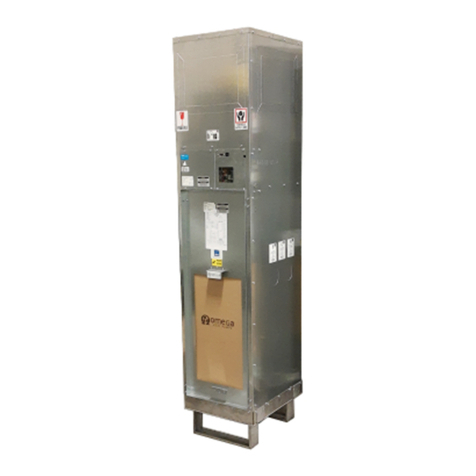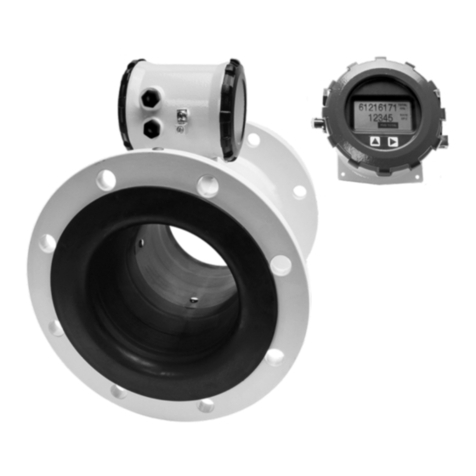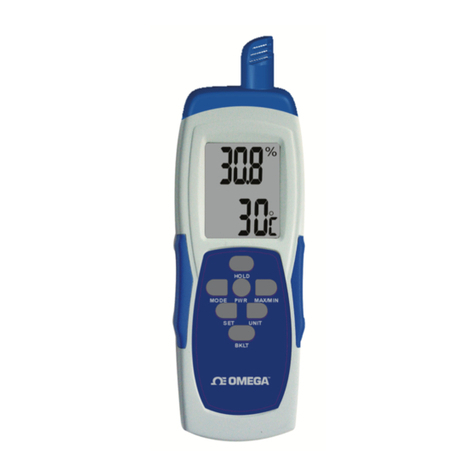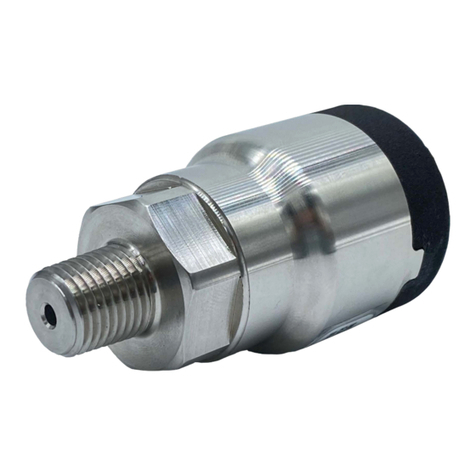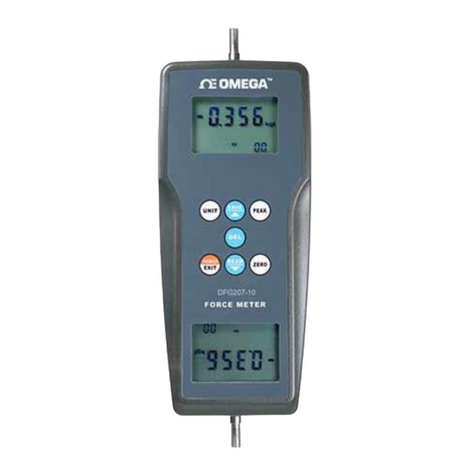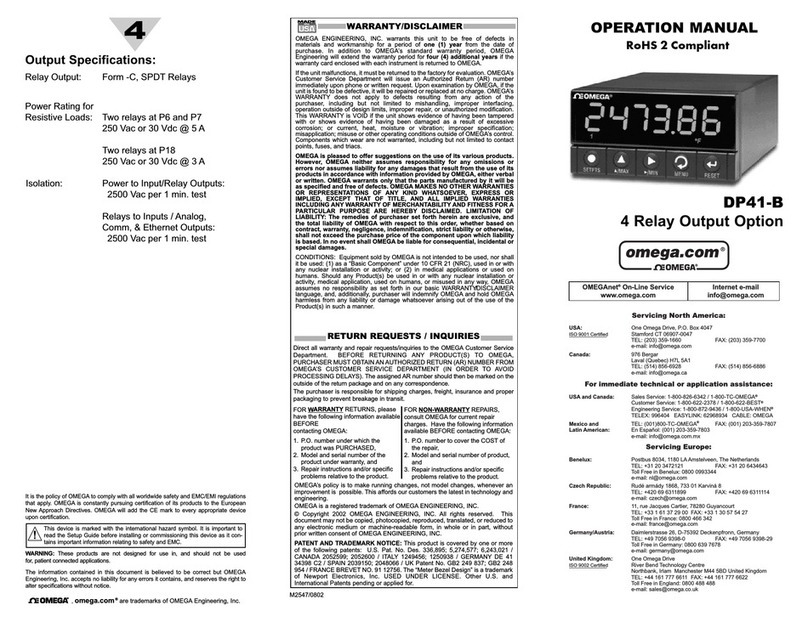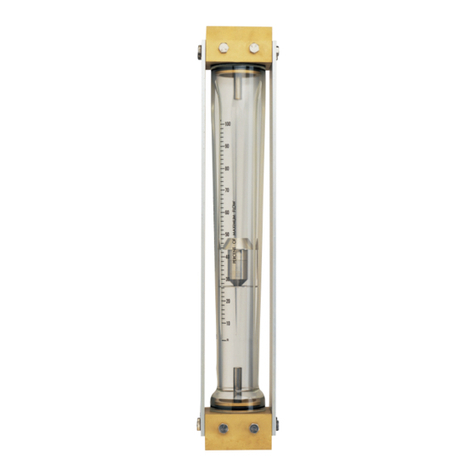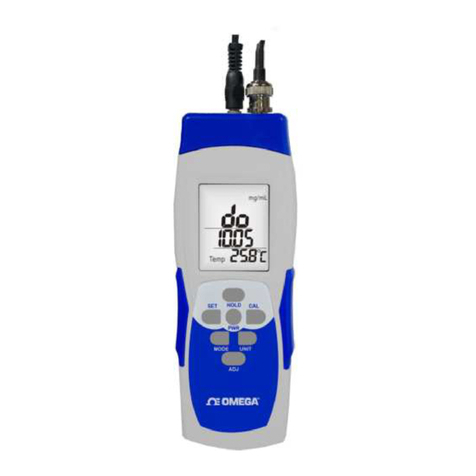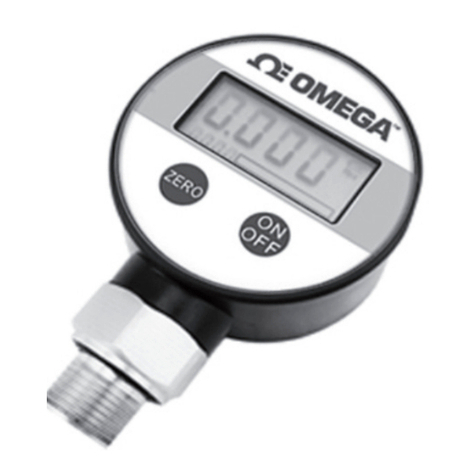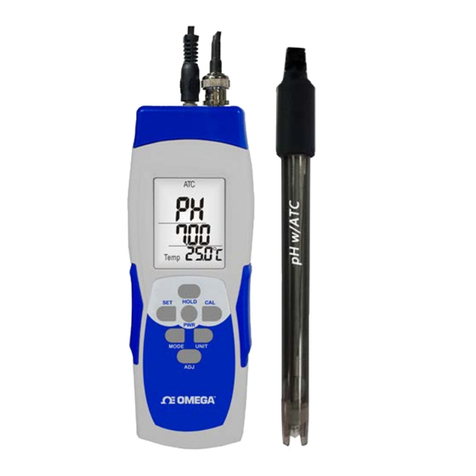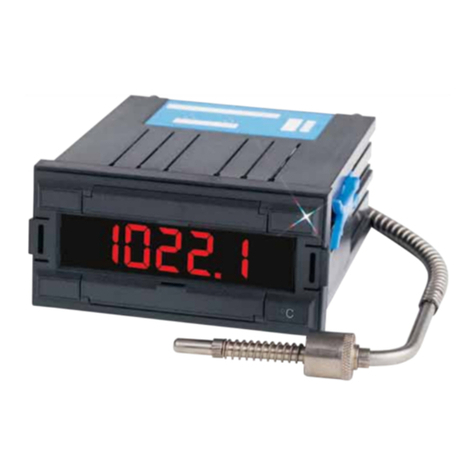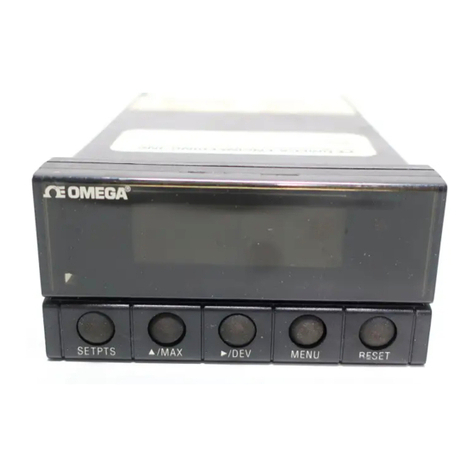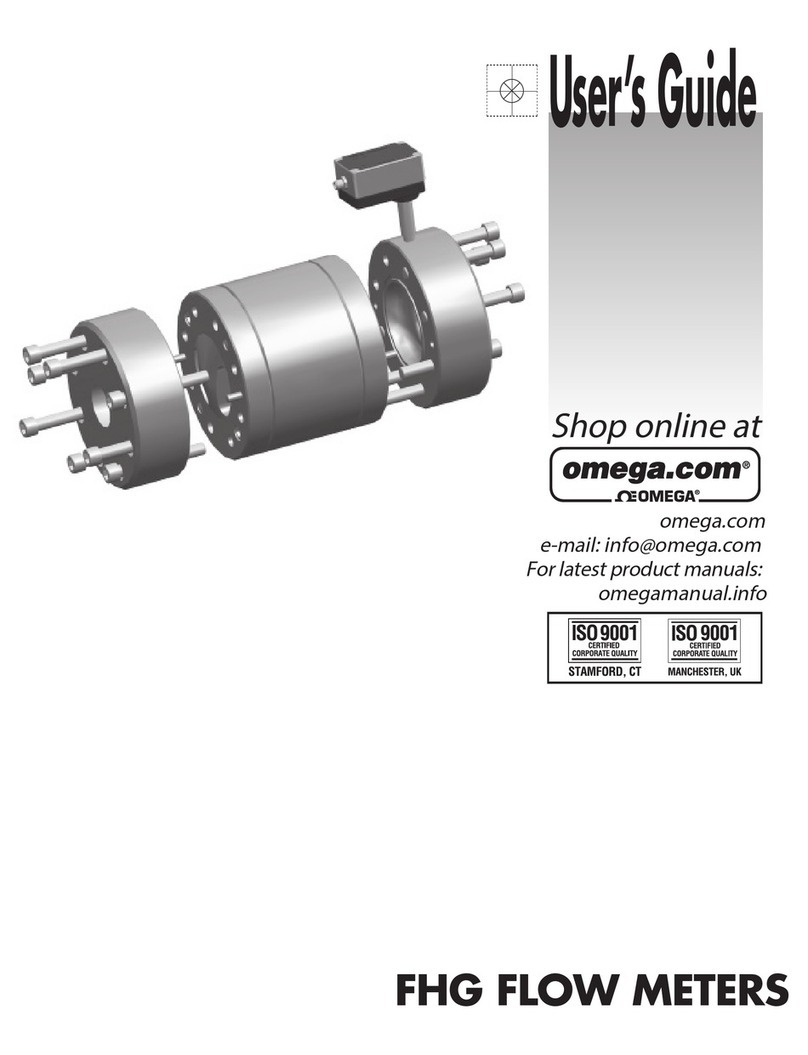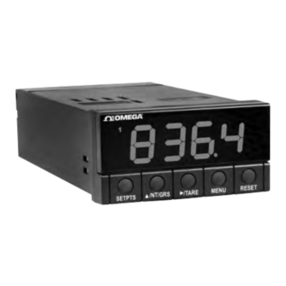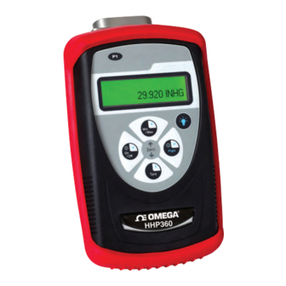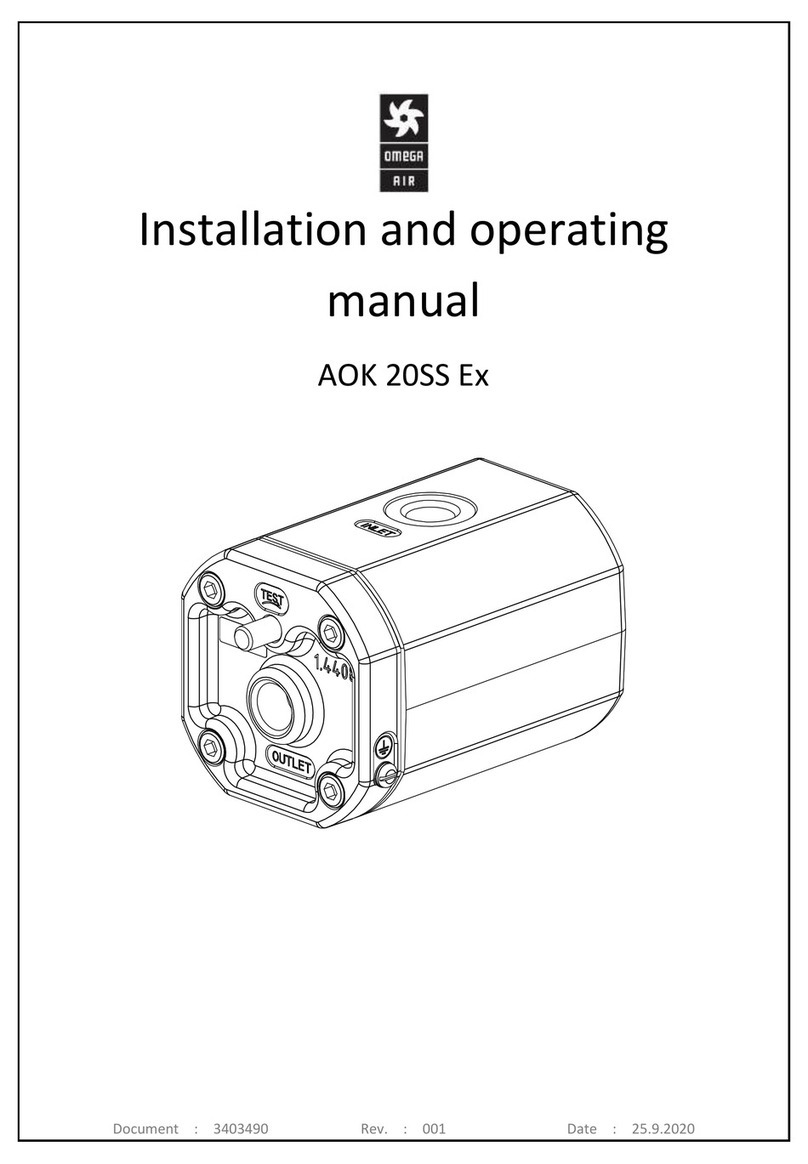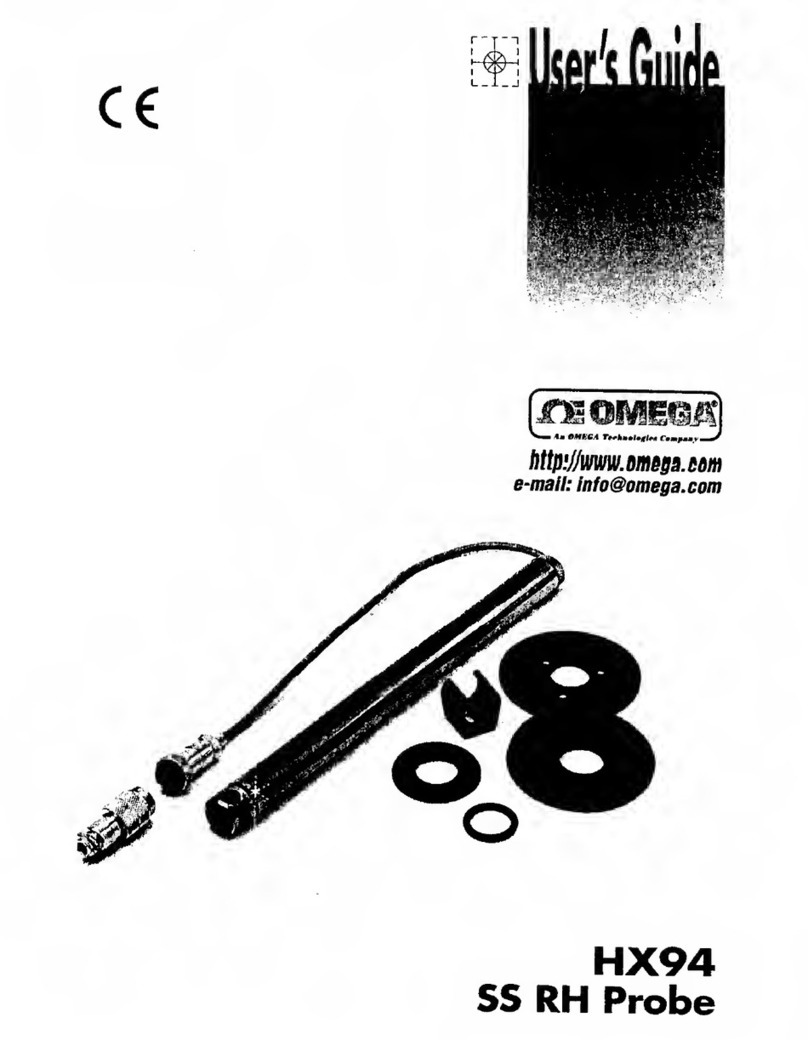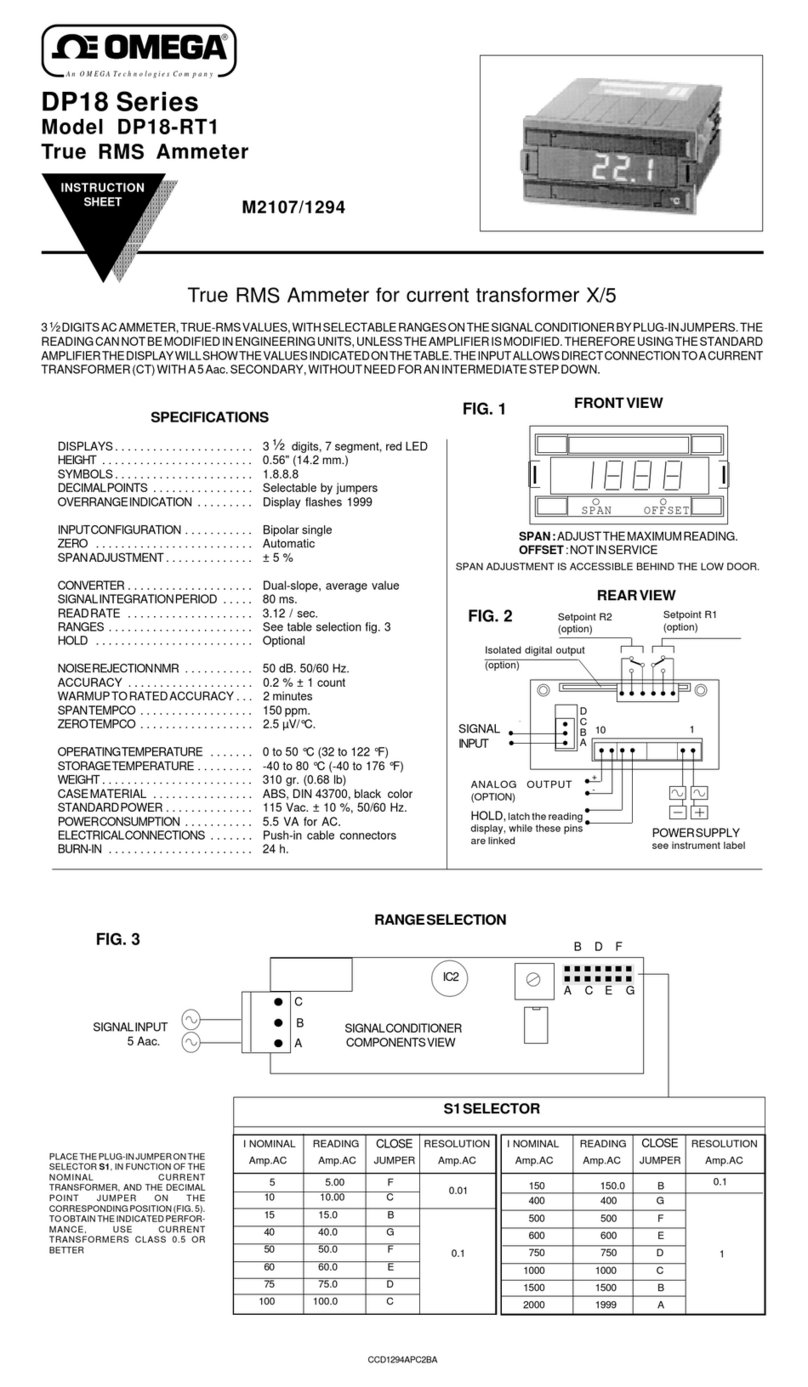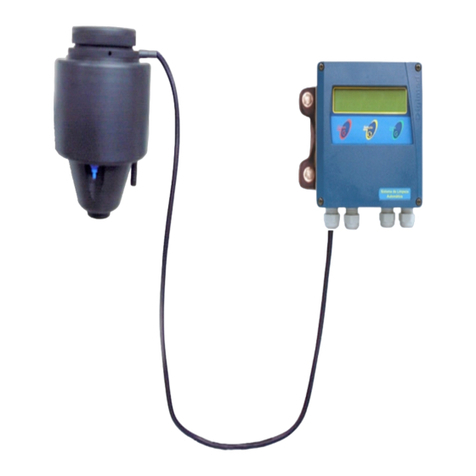
3 | M5751
Table of Contents
1Notes, Warnings, and Cautions .................................................................................................................... 5
2Introduction................................................................................................................................................. 6
3Specifications............................................................................................................................................... 7
4Hardware Setup........................................................................................................................................... 8
4.1 Connecting to your Layer N Smart Interface ...................................................................................................... 8
4.2 Digital Input Wiring Diagram ............................................................................................................................ 8
4.3 Discrete I/O ..................................................................................................................................................... 8
5SYNC Configuration...................................................................................................................................... 9
5.1 Connecting to SYNC - Automatic Detect ............................................................................................................ 9
5.2 Connecting to SYNC – Manual........................................................................................................................... 9
5.2.1 Communication Interface.................................................................................................................................... 9
5.3 Input Configuration.........................................................................................................................................11
5.3.1 Digital Inputs Interface...................................................................................................................................... 11
5.3.1.1 Pulse Measurements................................................................................................................................................... 12
5.3.2 Mixed Input Interface........................................................................................................................................ 16
5.3.2.1 Digital Inputs (Mixed Mode)........................................................................................................................................ 17
5.3.2.2 Process Inputs (Mixed Mode)...................................................................................................................................... 17
5.3.3 Discrete Input/Output (DIO) ............................................................................................................................. 18
5.3.3.1 Setting DIO as an Input................................................................................................................................................ 19
5.3.4 Advanced Scaling Options ................................................................................................................................. 19
5.4 Output Configuration ......................................................................................................................................21
5.4.1 Device Output Range/Types.............................................................................................................................. 22
5.4.1.1 ON/OFF Output Type .................................................................................................................................................. 22
5.4.1.2 Pulse-Width Modulation (PWM) Output Type............................................................................................................. 22
5.4.1.3 SERVO Output Type .................................................................................................................................................... 22
5.4.2 Sensor Output Mapping .................................................................................................................................... 23
5.4.3 ON/OFF Control Module ................................................................................................................................... 24
5.4.4 Setting an Alarm................................................................................................................................................ 25
6Pairing a Sensing Device to a Layer N Gateway .......................................................................................... 26
6.1 Wireless Pairing ..............................................................................................................................................26
6.2 Wired Pairing..................................................................................................................................................26
7Appendix: SP-013 Registers........................................................................................................................ 27
7.1 Digital Descriptor ............................................................................................................................................27
7.1.1 Digital Descriptor .............................................................................................................................................. 27
7.1.1.1 Digital Measurement Types......................................................................................................................................... 28
7.1.1.2 Digital Data Type/Format ............................................................................................................................................ 28
7.1.1.3 Digital Configuration ................................................................................................................................................... 28
7.1.2 Digital Input Device Byte ................................................................................................................................... 29
7.1.3 Digital Sensor Parameters ................................................................................................................................. 29
7.1.3.1 IPSO Digital Definition................................................................................................................................................. 30
7.1.3.2 Digital Resolution........................................................................................................................................................ 30
7.1.3.3 Sensor Trigger Function .............................................................................................................................................. 30
7.2 Process Input ..................................................................................................................................................30
7.2.1 Process Descriptor ............................................................................................................................................ 30
7.2.1.1 Process Measurement Types....................................................................................................................................... 31
7.2.1.2 Process Input Data Type/Format................................................................................................................................. 31
7.2.1.3 Process Input Configuration ........................................................................................................................................ 31
7.2.2 Process Device Byte .......................................................................................................................................... 32
